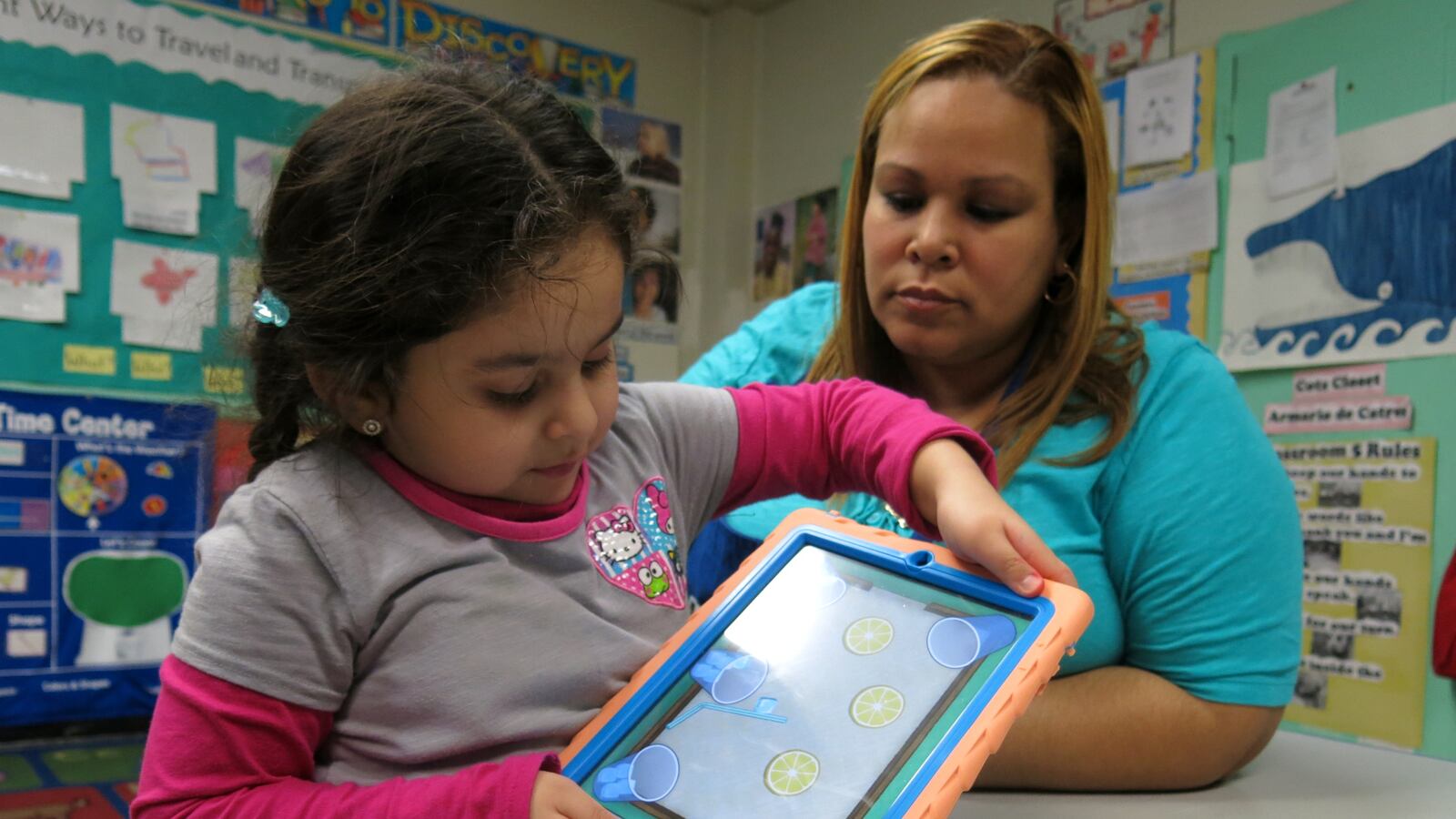New York City’s public-school workforce grew 8 percent over the past decade, according to a new report, driven largely by the rising number of teaching assistants who work with preschool students and students with disabilities — two populations whose numbers have risen even as overall student enrollment declined.
The education department employed about 131,200 people this June — an increase of 10,200 workers since July 2007, according to an analysis by the city’s Independent Budget Office released Tuesday. The expansion comes even as student enrollment in district-run schools fell by 1.5 percent, or some 15,300 students, during that same period, the report notes.
While the number of teachers remained basically flat during that time, the department added nearly 8,600 additional teaching assistants, or “paraprofessionals,” as they’re known within the school system — an increase of over 40 percent.
“This is a story about the use of paraprofessionals — that’s the main thing,” said Yolanda Smith, a senior IBO analyst who prepared the report.
The majority of the paraprofessionals who were added during that period work with students with disabilities. Teachers union officials attributed the increase to a citywide effort since 2012 to place more students with disabilities in classrooms alongside their general-education peers, often with the support of a paraprofessional. (An education department spokesman said students are assigned paraprofessionals based on their unique needs.)
Nearly 2,000 of the paraprofessionals hired over the past decade work in pre-kindergarten classrooms, which are required to have both an assistant and a teacher. The number of assistants spiked after 2014, when Mayor Bill de Blasio rapidly expanded the city’s pre-K program.
Full-time paraprofessionals with a high school degree earn a starting salary of around $22,000. While the number of paraprofessionals focused on special-education and preschool students grew during this period, those assigned to general-education classrooms declined by roughly 1,100.
At the same time, the ranks of other school workers expanded 22 percent during this 10-year period. Those more than 2,200 additional employees include nurses, occupational and physical therapists, and “parent coordinators,” who answer families’ questions and help organize school events.
The number of teachers, principals, and assistant principals barely budged over that period, adding just over 500 additional workers. Union officials noted that there was a teacher hiring freeze from 2009 to 2014, but said that in recent years any new hires were essentially balanced out by teachers who retired or chose to leave the system.
Education department spokesman Will Mantell said in a statement: “We’re focused on recruiting and retaining talented staff that meet the needs of New York City students and families.”


